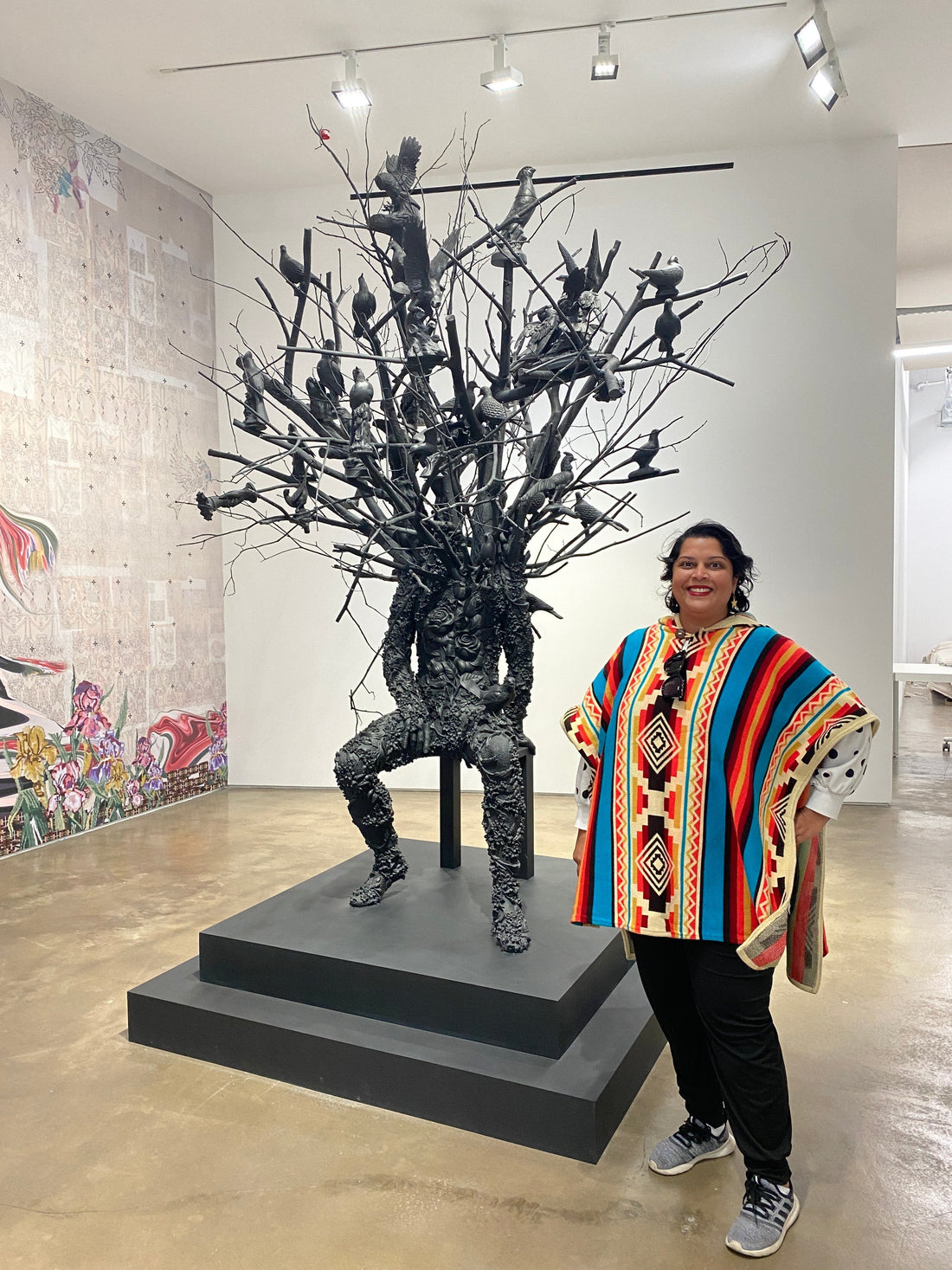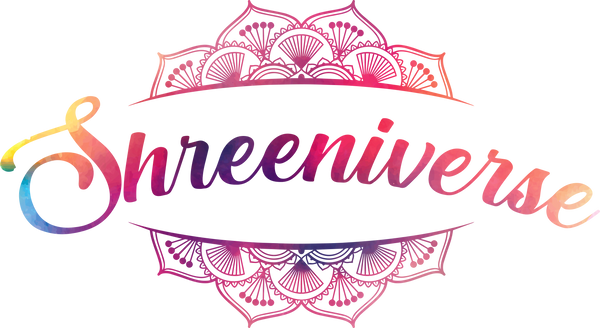
Gallery Insights for Artists
Share
As I continue to explore different venues to share my art, I am pursuing gallery representation. This is an area of the art world that is shrouded in secrecy and gatekeeping. While I learn about how galleries work, I wanted to share the lessons I have learned so far.
Do Your Research
Displaying your art with a gallery is a partnership. You want a gallery that represents you to be a good fit in many ways. The only way to discern that, is by doing your research. Look over a gallery’s website and take note of the art they gravitate towards. Also, be open to the possibility that your perfect gallery may not be in your own community.
Some questions you can ask as you do your research:
- Does it feel like your style of work would fit into the gallery’s roster of artists?
- Is the gallery actively promoting their shows on social media?
- Does the gallery have any events or receptions that you could attend?
- What percentage commission does the gallery take?
- What’s the energy and vibe of the gallery?
- Are there any artists you are connected with that are represented by this gallery? (If so, definitely ask the artists you know about their experience with the gallery. For galleries you are especially interested in, you can also reach out to artists that are represented by the gallery and ask them about their experience.)
- How does this gallery bring on new artists? (Sometimes that may not be clear on a gallery’s website. However, some galleries have specific instructions on how to reach out for representation.)
There are a variety of ways to interact with galleries to garner their attention.
Community Visibility
One of the pieces of advice I received from a Miami gallerist is to attend art-related events in your community. Specifically, galleries take note when you come to their opening receptions. Art events are a key way to get your name known in the artist circles in your community.
For these events, make sure you have your artist business cards and include a QR code to your website, social media or link aggregator (I use linktr.ee.). Business cards are super-easy to design on a program like Canva and high-quality versions can be printed at your local Staples or Office Depot within a day.
The other aspect to visibility is networking with artists within your community. Go to art markets, do studio visits and attend artist networking events. Your fellow community of artists are a great source of information about what’s happening in your community’s art world. They can also be a source of support and inspiration when things get tough.
(For Orlando-based artists, some markets you can check out are Orlando Local Makers, Collective Corner, Milk Mart, and Goblin Market. Some artist networking opportunities are Speed-Friending, Artist Addition, and the Brutally Early Artist Meetup at CityArts, which takes place every 4th Wednesday of the month at 7:30 a.m.)
Social Media
In my conversations with gallery employees and curators, galleries take note when you interact with their posts on Instagram. Follow galleries you are interested in and get to know them. Go beyond liking their posts, leave thoughtful comments and share their content. Gallerists do look at accounts that interact with them and it’s an organic way to make a connection.
Before you engage in this kind of outreach, make sure your own Instagram page features your work in a way you’d want to present it to the public. One way to curate how gallerists will look at your work, is to pin posts or reels to the top of your Instagram page. For example, I’ve pinned two posts to my Instagram page, a reel featuring my first solo show and a post about my Wanderlust series of work.
In-Person Visits
The galleries I went to visit were in Miami and New York City. About a month prior to visiting each city, I made a list of galleries that I thought might be a good fit for my work and connected with them via email or by phone. This email outreach simply requested a time to visit the gallery and my interest in discussing art. I did not attach my portfolio. (I received this piece of advice from fellow Orlando artist D.M. Hood, who was able to get a gallery show last year during Miami’s Art Basel using this method.)
This method was a little hit or miss for me. I did multiple rounds of outreach and did not hear back from most galleries. However, I was able to connect with a few galleries and those conversations were very fruitful. For galleries that were responsive, I did send my portfolio or bring it for my in-person meetings.
For galleries that I was unable to get meetings with prior to my arrival, I did drop-bys. These were also a mixed bag. In some cases, I was very well-received and was able to show or drop off my portfolio or business card. In other cases, I was completely rebuffed by gallery staff. And in the middle, I got advice from gallery staff but without fully getting my foot in the door.
In-person visits to me are like applying to calls for artists, there will be a lot of rejections, but the connections you do make, make the whole process worth it.
To Portfolio or Not Portfolio
There are conflicting opinions about the value of an artist portfolio as it relates to galleries. One gallery I spoke to, said they receive at least 20 portfolios a day by email, and are unable to keep up with the deluge. At the same time, the curators who I had in-person meetings with, were pleased to have a physical item that they could flip through during our conversation.
That being said, I am team portfolio. I think it is a really good exercise to get your best work in one place. Once you have a good template you can revise it as needed for different audiences.
What should you include in your portfolio?
My portfolio includes an artist biography, artist statement and pictures of my work, along with explanations of each series I feature. I also list my residencies, solo and group exhibitions, special projects, grants and curatorial experience. Finally, I have a contact page with ways for people to get in touch with me.
You should tailor your portfolio to your audience. Some galleries may only want to see your artwork, others may want to know about you. Try different things and see what works. Like your art, learning what works best for you is a process of trial and error. However, if you are looking into the New York market, one piece of advice I received from New York City artist Jency Sekaran, was that New York galleries want a pared back portfolio with just a few pieces of your best work.
Final Thoughts
As with many things in the art world, getting gallery representation is not easy. Candidly, I have not yet found representation. I believe the key to searching for the right gallery is not to give up. Persist!
